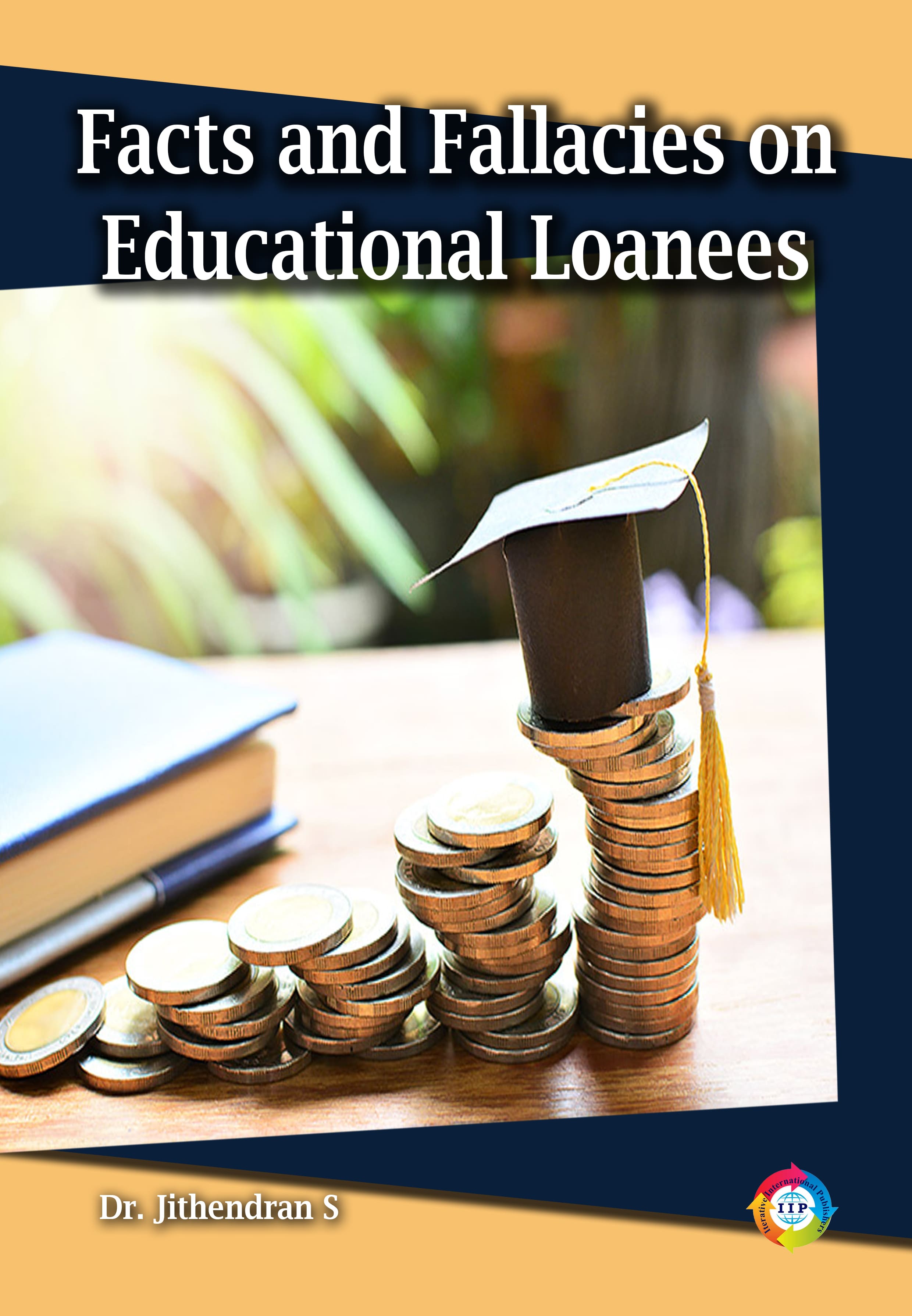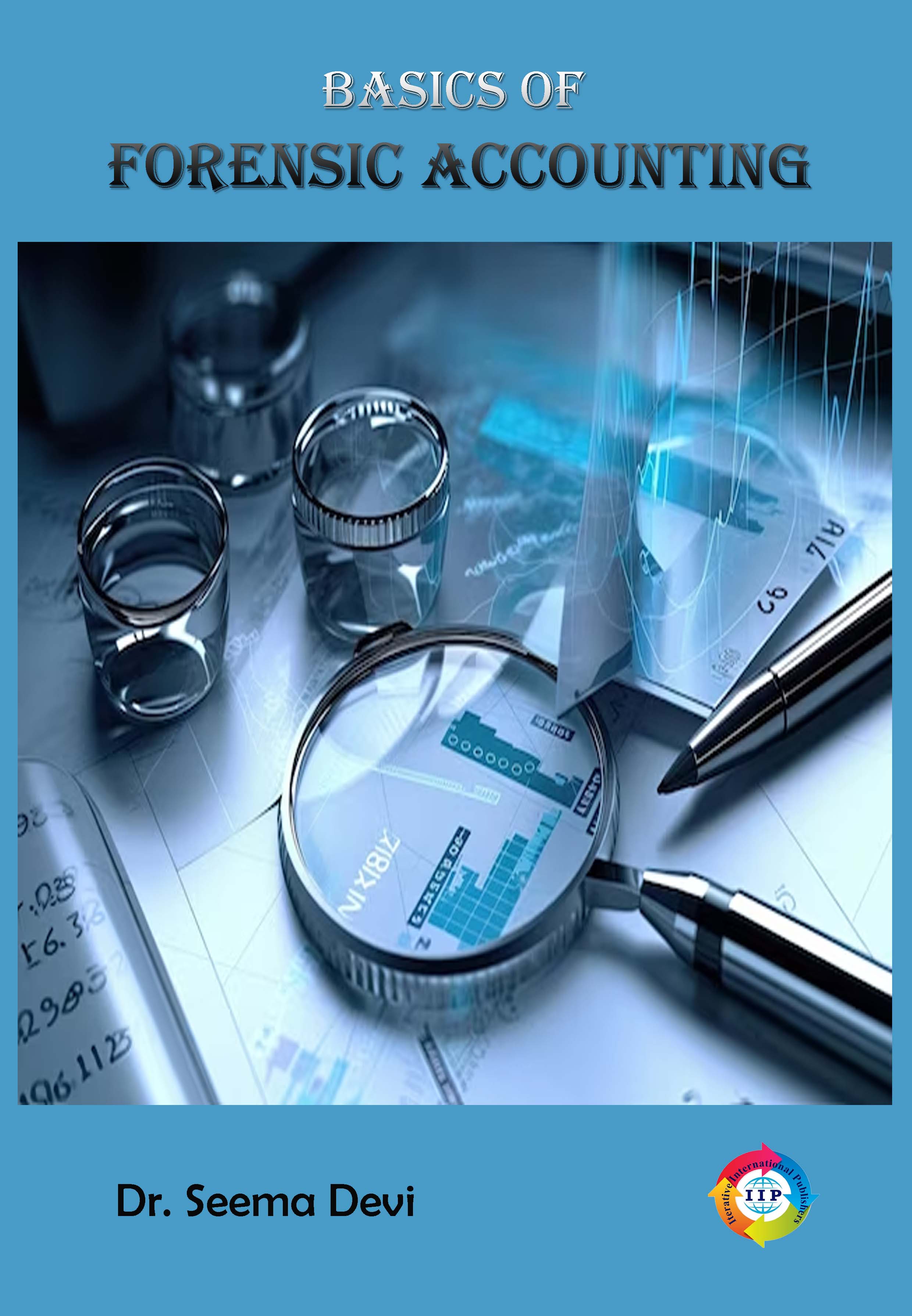
FACTS AND FALLACIES ON EDUCATIONAL LOANEES
-
TypePrint
- CategoryAcademic
- Sub CategoryPhD Thesis/Thesis
- StreamManagement
Education loan has become a buzz Mantra in all the walks of higher education and Higher Education policy making. It is a solace for economically backward meritorious students. It plays a fundamental role in human resource development and empowerment. In India, the shift from Nehruvian planning Model has given more importance to the private participation in the higher education sector. The participation of private sector is increasing in every Plan period. The budgetary support for higher education is low amidst its rising demand. Demand side financing is evolving globally as an alternative of public funding. The benefit of demand side financing is specific to the needy sections of the students against supply side financing as it focuses just aggregates. An educational loan scheme is considered to be an effective tool for demand side financing of higher education in its genesis. In India, the erstwhile National Education Scholarship (1963 -1991) was scrapped due to its NPA and financial crisis.The Education Loan Scheme in its present form was established in in 2001 following the report of a study group under the chairmanship of R J Kammath, MD of Canara Bank. The demand-side educational loans as a tool of financing higher education is not adequately addressed. Most of the books in this domain are addressing the supply perspectives of higher education financing focusing the recovery issues of lending agencies and peripheral issues of loanees. Similarly, the space of and time of the core issues of educational loan borrowers over the demographic aspects of the state of Kerala makes it a hitherto attempt There were certain imperatives absent in erstwhile National loan scholarship of India (1963); clear objectives of the loan scheme, balancing policy on fees for the students, the social and economic targeting, the size of the loan scheme in relation to the fees, the incentives included schemes, flexibility to adjust with the socio-economic conditions of region and general and administrative issues including recovery. Considering the fate of former scheme and the social importance of present scheme in the new economic environment, a comprehensive examination of the scheme from the loanees’ perspective can bring very significant in puts for improvisation of the educational loan scheme. The present book is therefore, framed as Problems and Prospects of Educational Loanees of Commercial Banks in Kerala. The book intents assess the trends in education loan disbursements in Kerala The book also entails the awareness of loan scheme, adequacy of financing, utilization and effectiveness of loan and perception on loan among loanees.The book further, appreciates the prospects of loanees in terms of placement, job prospects, repayment, subsidy and utility. The book throws lights in to issues and problems of loanees with respect to procedure and policies of banks and the state towards the end, it proposes a model for Education Loan Utility. The empirics form an inseparable portion of this book which springs from data collected through a structured interview schedule covering 24 independent variables and 17 constructs with statements in five point Likert scale were administered on 630 loanees after piloting among 50 loanees of Central Travancore for ensuring the reliability and correlations. A multi- stage stratified random sampling method wasused for selecting the samples. At the first stage, the state of Kerala is taken in three different zones by dividing the 14 revenue districts into North, Central and South. On the basis of the reports of the State Level Banking Committee (SLBC), one district was selected using the criterion of highest loan disbursements. Accordingly, the districts so identified are Kozhikode from North zone, Ernakulum from Central zone and Alappuzha from South zone. Banks were located from public, private and new generation sectors (New private sector banks) on the basis of their distribution. Subsequently, 18 branches of public sector banks, 9 branches of private sector banks and 3 branches of new generation banks were selected from each district on the basis of amount of loan disbursements. Thus, from thirty branches from each district, 7 loanees were selected randomly from each of the 30 branches forming 210 loanees from every the zone constituting a total 630 from the state. Fair representations are given to the courses as well. For analysing loanees of commercial banks in Kerala, a four stage analysis has been adopted. At the first stage, the independent variables are located from the general, educational and loan profile of the loanees. At the second stage, dependent variables were located in three different categories. Owing to the nature, certain dependent variables were identified and labelled as Basic Factor(canons). Similarly, the other two categories of dependent variables are formed with the variables on prospects and issues and problems of educational loanees as an off shoot of basic factors. The opinions of the loanees on the problems and prospects of educational loans are qualitatively scaled in five points to facilitate the analysis. At the third stage, the three groups of dependent variables are separately studied for association with or significant difference between classifications and groupings. Simultaneously, the priority and correlations of different statements or variables are separately weighed using test statistics. An effort has also made to decipher the functional relationship between certain variables leading to the loan utility. At the fourth stage, the output of analysis from third stage is reported with inferential statistics in four different segments as basic factors of educational loanees, prospects of educational loanees, issues and problems of educational loanees. An educational loan utility model is also tested for goodness fit to decipher the functional relationship
**Note: IIP Store is the best place to buy books published by Iterative International Publishers. Price at IIP Store is always less than Amazon, Amazon Kindle, and Flipkart.





COMMENTS
No Review found for book with Book title. FACTS AND FALLACIES ON EDUCATIONAL LOANEES